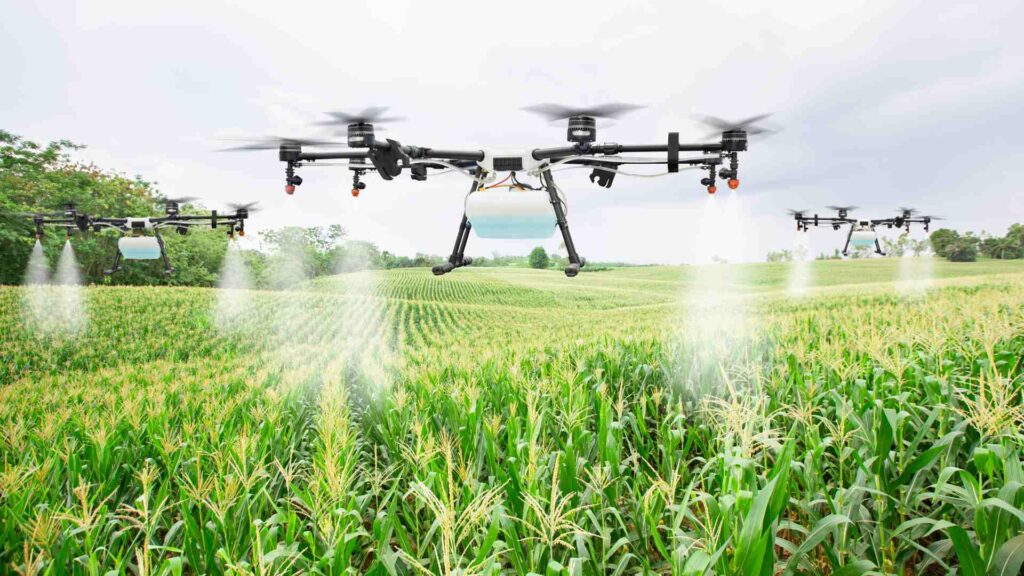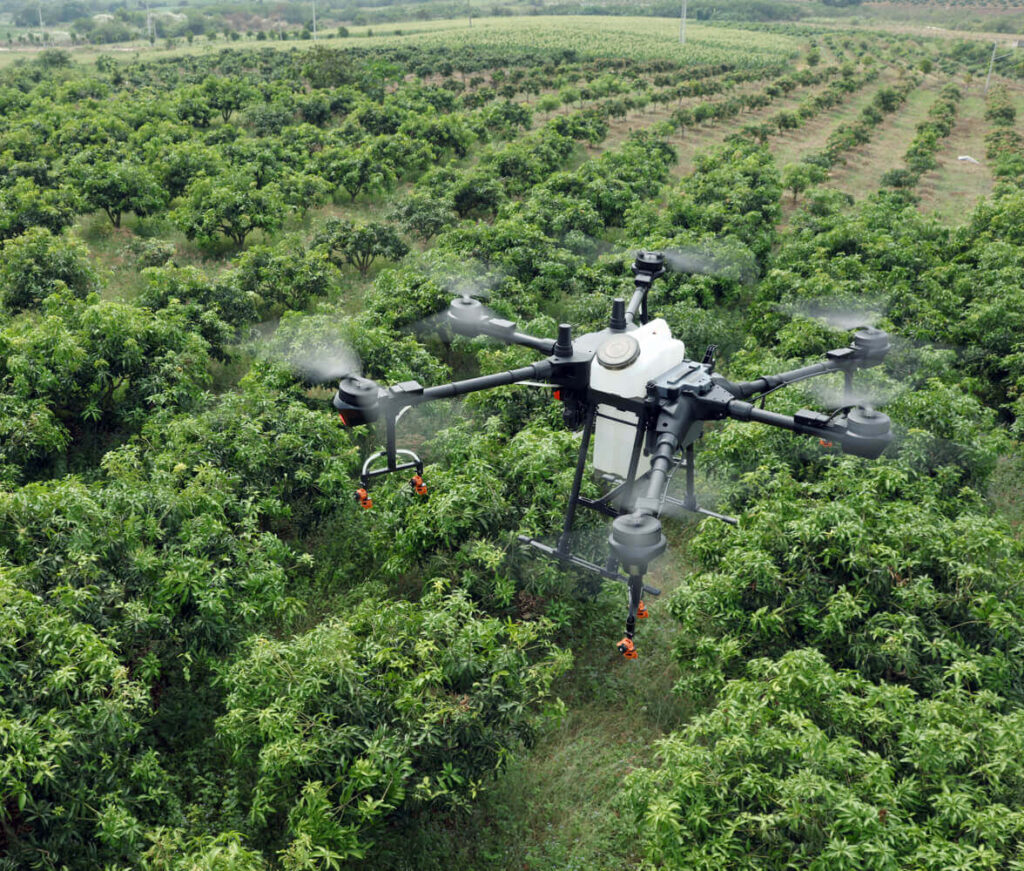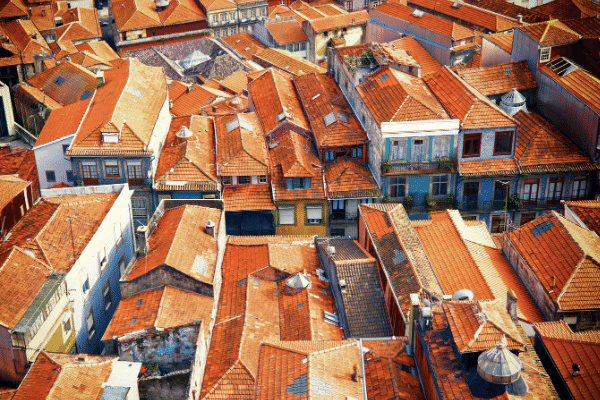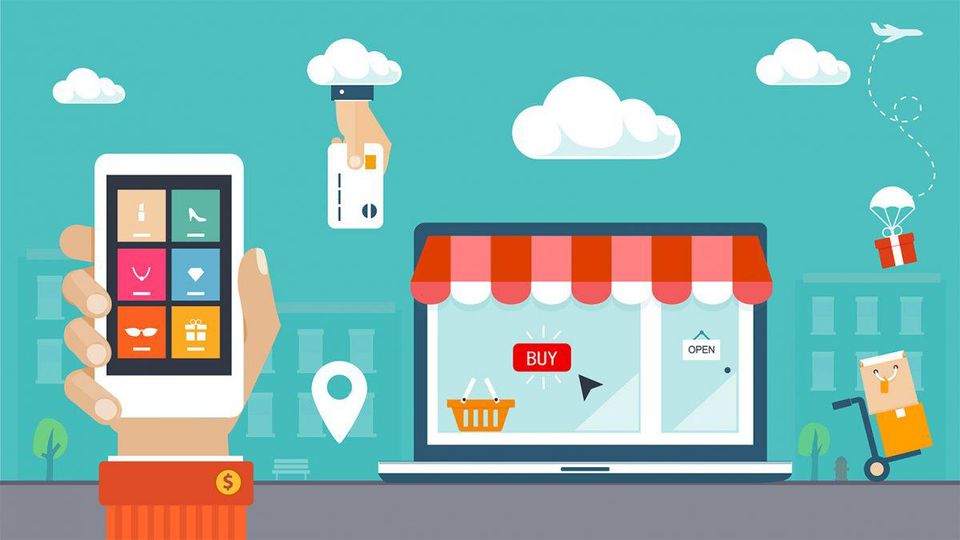The application of new technologies in our crops is producing a change in the way of operating of the businessman and the farmer. Australia has more than 4,700 drone pilots and the agricultural sector is the one with the most operators, along with the security sector. The farmer needs productive land in a difficult stage for the field.
Weather conditions are increasingly adverse and the farmer must try not to accelerate this climate change but to counteract it. We can achieve good productivity while taking care of the environment. The use of drones in agriculture can be a good way to participate in the action against change. Today we will talk about the benefits of using drones in Agriculture.
What is a drone for?
Before talking about the services that a drone can perform, we will briefly explain what a drone is. It defines it as “unmanned aircraft”, that is, it operates by remote control. It can also be written as RPA (Remotely Piloted Aircraft).
This device can be used for recreational or professional and commercial purposes. Within the agricultural sector, the drone can accompany us in a large number of tasks such as these:
- Inspection and monitoring of facilities and infrastructure works.
- Atmospheric investigations.
- Topography and thematic cartography.
- Geology and oil and gas prospecting.
- Management of risks and natural disasters (fires, floods, etc.).
- Exploration of places of difficult access, rescue and rescue.
- Cinematography and commercial, artistic and / or sports photography.
- Environmental monitoring.
- Limnology and oceanography.
- Research on biodiversity conservation.
- Media and entertainment.
- Mobility, traffic and logistics in general.
- Agricultural and livestock activities.
- Application of phytosanitary products.
The precision agriculture is defined as the application of new information technologies in agricultural work in order to improve crop productivity and low environmental impact.

Within precision agriculture is remote sensing. An action carried out by drones that carry sensors to collect information about crops. This brings numerous benefits. Keep in mind that the result of a harvest depends largely on the meteorological conditions and the climate of the area. Therefore, the farmer has to have a faithful commitment to caring for the environment. How? Respecting nature and taking advantage of inexhaustible energy sources. The drone can be your best ally. Now we will see why and the advantages of using drones in agriculture.
What benefits are obtained in the field with the use of drones?
The benefits of using drones in Agriculture are numerous. To better explain it, we could say that RPA can play two different roles in the Agro sector: Remote Sensing and Phytosanitary Application. We will see that, although both work in the field of cultivation, the training that is needed for each action is specialized.
Advantages provided by Remote Sensing with drones:
The greater the area of land, the more difficult it is to control its performance. To this is added the areas of difficult access that may exist and the great human work that is required in conventional agriculture to collect this type of data. With the use of drones that carry infrared cameras, an analysis of the field can be elaborated more rigorously. We will be able to know practically in real time the state of the plants, the earth, their fertility, their yield … check out Skytech Solutions for more info.
Advantages that the phytosanitary application from drones brings to agriculture:
Early detection of pests and weeds will prevent a bad crop year. Preventing infestation of the plantation is also possible in another way. We now talk about the other role of the drone, which performs aerial pest control. This implies higher productivity. The application of pesticides manually with backpacks or through phytosanitary equipment on wheels are expensive. It is time consuming, personal and not always effective.

A drone can travel the crop field in a short period of time while applying phytosanitary products on the plantation. Very little drift is created this way. The application is carried out at a low altitude, very close to the crop. This has a great advantage, to which is added a precise and localized treatment (by GPS). Therefore, there would be less pollution and more productivity. The use of the drone would help meet the challenge of Ecologists in Action, which consists of reducing the amount of pesticides by 50% by 2023.
You may also like to read: Agricultural drones: is it worth getting one?






